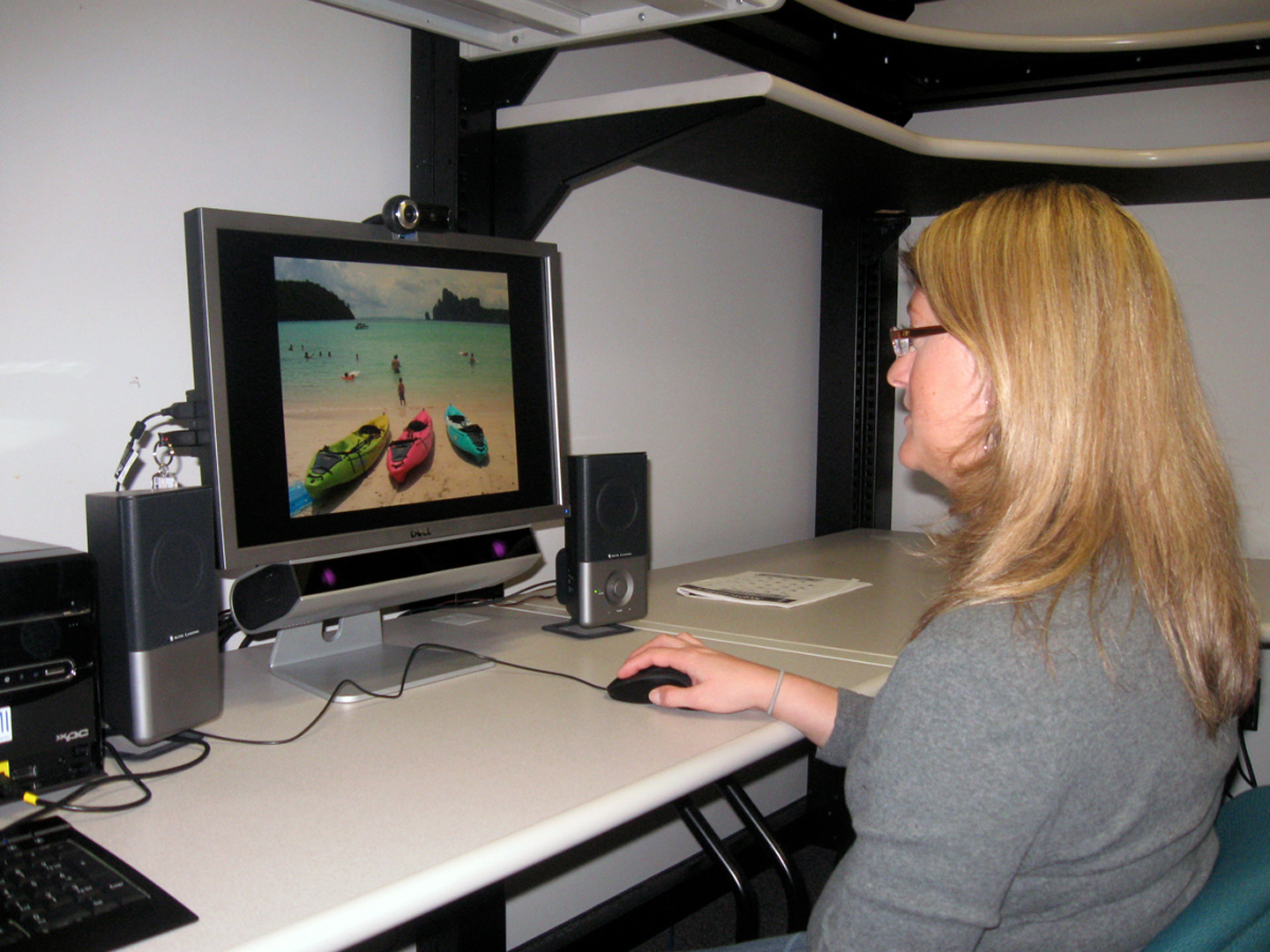“Impact of subtle gaze direction on short-term spatial information recall” by Bailey, McNamaray, Grimm and Costello
Conference:
Type(s):
Title:
- Impact of subtle gaze direction on short-term spatial information recall
Presenter(s)/Author(s):
Abstract:
The ability to direct a viewer’s gaze about a scene has important applications in computer graphics and data visualization. The Subtle Gaze Direction (SGD) technique developed by Bailey et al. [2009] provides the ability to guide a viewer’s gaze to specific regions of a display. The technique, which combines real-time eye-tracking with subtle image-space modulation, has minimal impact on viewing experience as it does not change the overall appearance of the scene being viewed. Subtlety is achieved by presenting the modulations only to the low-acuity peripheral regions of the field of view so the viewer is never allowed to scrutinize the modulations. The technique has been shown to be quite fast and accurate: viewers typically attend to target regions within 0.5 seconds of the onset of the modulation and the resulting fixations are typically within a single perceptual span of the target. While this shows that the technique is successful at directing gaze, it does not necessarily mean that the viewer fully processed the visual details of those regions or remembered them. To gain a better understanding of the level of visual processing involved, we conducted a study to determine the impact of SGD on short-term spatial information recall.
References:
1. Bailey, R., McNamara, A., Sudarsanam, N., and Grimm, C. 2009. Subtle gaze direction. ACM Trans. Graph. 28 (September), 100:1–100:14.




